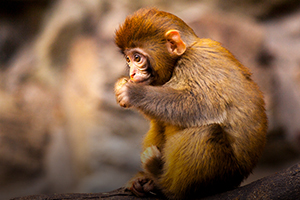Cloned Monkeys

The recent news about Zhong Zhong and Hua Hua, the world’s first cloned monkeys, has generated mixed reactions within the science community. On the one hand, the ability to create a population of genetically identical monkeys could greatly aid in the development of treatments for diseases like cancer, Alzheimer’s and Parkinson’s by enabling scientists to make genetic alterations in an experimental group and then comparing the results to an identical control group. This is the only way to truly ascertain the effects of gene therapy and fine-tune it for optimal results. On the other hand, some fear that this will bring the technology one step closer to humans.
Since the cloning of Dolly the sheep in 1996, at least 23 species of mammals have been cloned, including pigs, cats, dogs, rats and cattle. But when the same techniques were used on monkeys, none of them survived long enough to be implanted in a surrogate. In this most recent research, it was discovered that two new ingredients – messenger RNA and trichostatin A – when added to the mix of nutrients and growth factors, triggered an additional 2,000 genes needed for development and helped the embryos begin growing before implantation. Out of 79 embryos implanted into 21 surrogates, six pregnancies resulted, of which Zhong Zhong and Hua Hua were the only live births; however, this is a huge improvement over the 277 implanted embryos of which only Dolly survived.
While China appears to be expanding the use of monkeys for medical research, many other countries have greatly limited research on primates to clearly defined problems of high significance, with no other means to address them.
For information: Qiang Sun, Chinese Academy of Sciences, Institute of Neuroscience, 52 Sanlihe Road, Xicheng District, Beijing, China 100864; phone: +86-10-6859-7521; fax: +86-10-6851-1095; website: http://english.cas.cn/